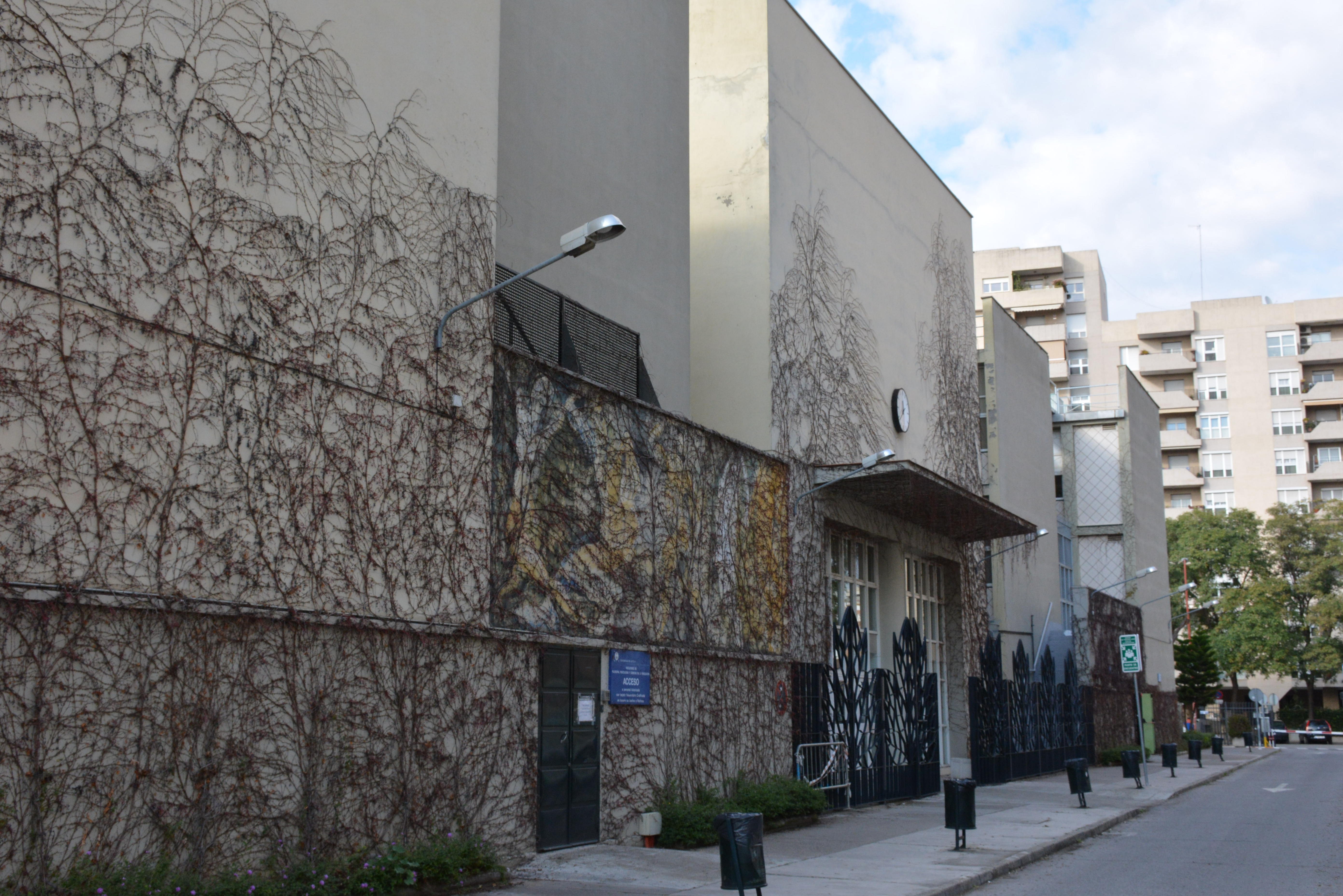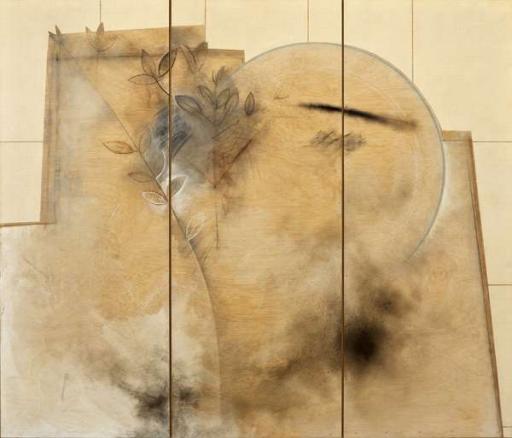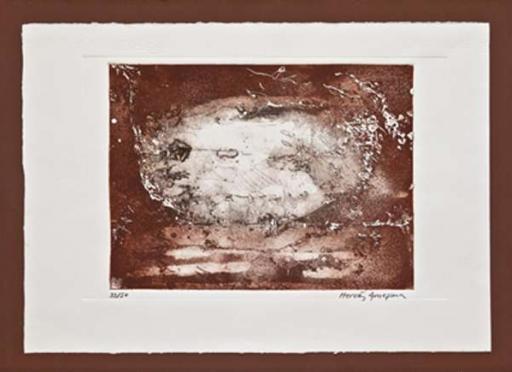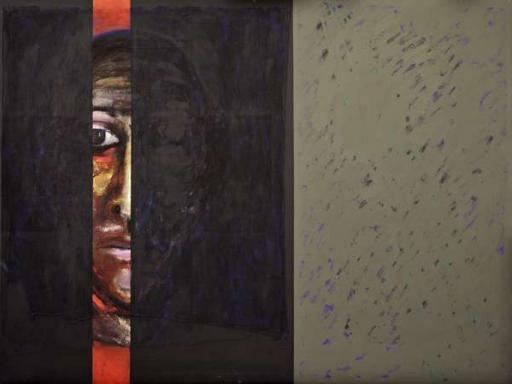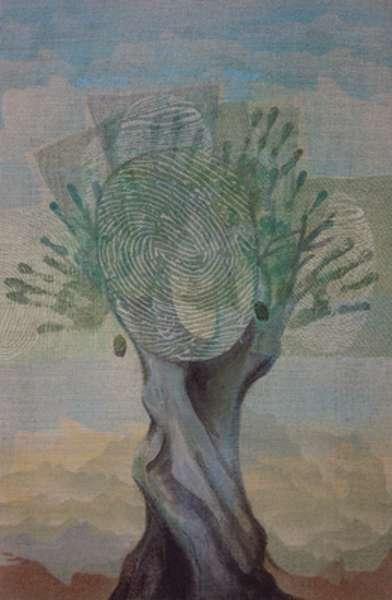Artworks
Faculty of Philosophy
Description
The building that his home to the Faculties of Philosophy and Psychology is located on a plot that previously belonged to Seville’s pyrotechnics factory, in the area known as Las Carolinas to the north side of Ramón y Cajal Avenue. Close by are the neighbouring Faculties of Economics and Business Studies, Tourism, and Finance.
It is situated in the far northern end of the plot and is elongated, with an East–West orientation. Its ground-plan is laid out in five strips, also East–West-facing, which facilitates efficient circulation. The central strip, which is the widest, encompasses the spaces that are the most representative of all, with its large courtyard and abundant vegetation. This space also serves as a meeting point for the building´s users as well as providing access to the other two prominent pieces of architecture, notably the library, which is located at the far western side of the campus, and the university administration building, located at the far eastern side of the site.
The aforementioned central plot is joined (via two cross-cutting communication channels) to four strips, two each at the north and south of the plot, which are where the vertical communication nuclei are located, namely the stairways and lifts. The distribution of uses within the building is determined by the characteristics of each of the individual strips. The most southerly strip of the plot houses two floors of teaching rooms and lecture theatres, which are accessed from a central corridor on the ground floor, and an open arcade on the second floor, which provides an interesting spatial stream. The second southern plot, located next to the courtyard, is a mixed-use space containing study rooms and the refectory.
The section that forms the north façade of the courtyard is used for offices, which are situated along a central corridor. This section is separated from that of the north façade of the building (which is used for seminar rooms) by an empty space, which serves as an elongated light-well, connected by walkways.
As the volumetrics of the crossbands indicate, these have a pivotal role in terms of intra-building connectivity, interrupting the longitudinal flow of the longitudinal strips by creating recesses in the north and south frontages, similar those created for vertical emergency escape ladders, such as those of lift shafts. The inside of the building is reached by passing through these four openings, although the main entrance is located at the eastern side and adorned with a reinforced concrete canopy and a clock on the capstone of the façade. The entrance hall features a wooden staircase which leads to the Secretariat Office on the first floor and to the boardroom, located on the second floor.
As a whole, the building has a monolithic appearance. It receives natural light through the vents between the strips, as well from the internal courtyard. There are exceptions to this form: the south façade has a long opening on the ground floor, meaning the lecture theatres receive natural light whereas the upper floors have a blank wall. The north façade similarly has an elongated opening protected by slats, whereas the two upper floors have large vertical openings which link the floors, displaying the slab edge that separates them. The side façades of the building are plain, with a single layer of grey mortar.
The façades that face the interspaces and the internal courtyard highlight the reinforced concrete structure of the building. The parapets are tiled with pieces of white ceramic tile, set diagonally, and abundant aluminium carpentry, which allows light to penetrate the interior of the building. The frontages that overlook the internal courtyard and the library, to the west, and the administration wing, to the east, present a variation: opposite the library is a magnificent staircase leading to a two-columned portico located on the ground floor. The upper part of the frontage gives way to a blind arcade. In the administration building, there is only one portico, which opens out onto the internal courtyard on the ground floor. Its rooms receive natural light through the spaces between the interstices.
The building is both efficient in terms of its organization of internal traffic and generous in the abundant space it provides. As well as the sequence of the galleries and the interstices, it is worth noting the distinctiveness of the library´s internal space. The ground floor of the building accommodates the study areas and is sound-proofed to block out the noise from the library’s public area, which is accessed from the stairway located in the courtyard. The public access section of the library is connected to the newspaper archive by an open corridor that opens out onto a wood-panelled gallery, thus creating a warm interior. The library is essentially illuminated by natural light that enters through a light-well around the uppermost perimeter of the building.
Details
- Title: Faculty of Philosophy
- Category: Building
- University: University of Sevilla
- Authors: Anonymous Author


 EN
EN  ES
ES 
